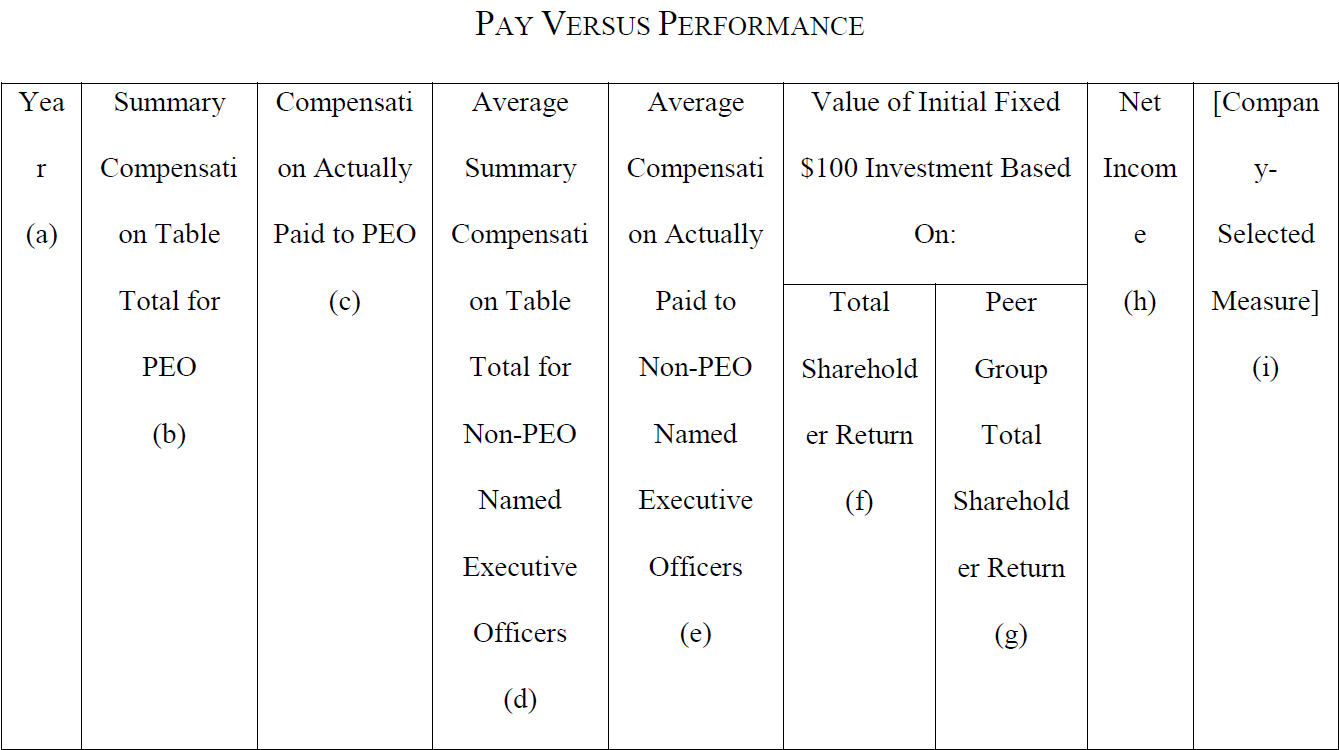Join partners from McDermott’s Employee Benefits team on Wednesday, January 25, 2023, as they discuss the impact of the recently passed SECURE 2.0 Act of 2022. With over 90 changes to retirement plans and individual retirement accounts (IRAs), this webinar will highlight the key changes for 401(k) and 403(b) plans and defined benefit plans, as well as changes in the Consolidated Appropriations Act, 2023 impacting health and welfare plans.
Topics Include:
- Automatic Plan Enrollment and Escalation
- Allowance of Matching Contribution for Elective Deferred Student Loan Repayments
- Emergency Savings Option
- Expansion of Roth Account Contributions
- Automatic Cashout, Hardship and Disaster Changes
- Penalty-Free Distributions
- Changes to Required Minimum Distributions
To learn more, read the full On the Subject here.
read more

 Subscribe
Subscribe





